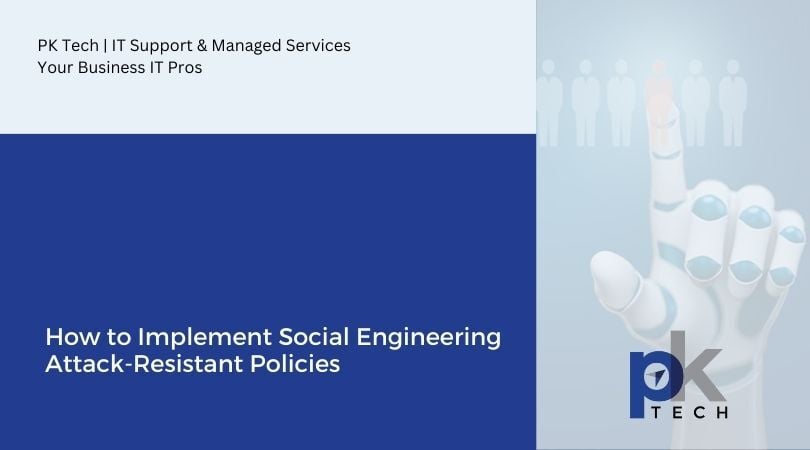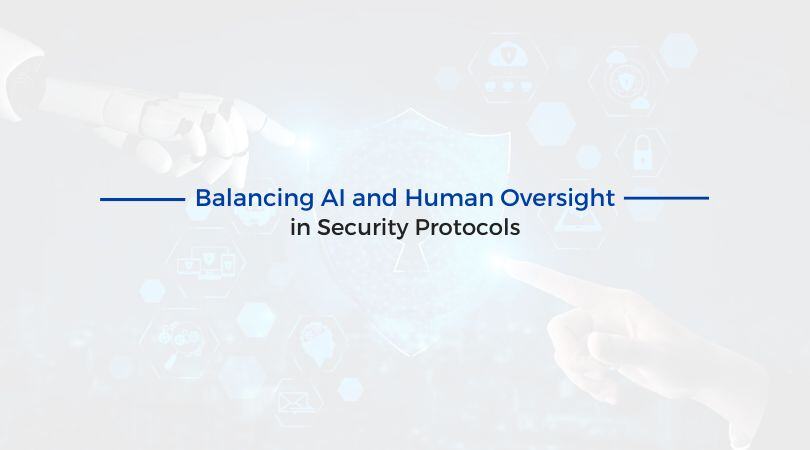AI Involved in Kidnapping Scam: Here’s What Parents Need to Know
If you’re a parent and you read a sentence with the word kidnapping in it, we probably immediately had your attention. It’s every parent’s worst...

Across many industries, cyber defenses are stronger than ever. Because of this, attackers have shifted their focus to the weakest link: human behavior. Social engineering attacks, including phishing, pretexting, baiting, and tailgating, exploit psychological manipulation rather than technical vulnerabilities. As a result, even organizations with robust security infrastructure can fall victim to a single cleverly crafted email or phone call.
Creating and enforcing comprehensive, social engineering-resistant policies is the key to minimizing these risks. This blog outlines how to implement such policies effectively, with attention to universal best practices and industry-specific considerations.
Unlike traditional cyberattacks, social engineering tactics target the human element. Attackers pose as trusted entities, exploit urgency or fear, and rely on users’ instincts to bypass even the most advanced security systems.
Social engineering works because it exploits:
In many cases, the attack doesn't need malware or complex code; a simple phone call or a convincing email is enough to gain unauthorized access or sensitive data.
While any organization can be targeted, specific industries are especially attractive to social engineers due to the value of the data they handle or the nature of their operations:
Each industry faces unique challenges, and policy implementation must consider specific workflows, regulatory environments, and employee roles.
There are several key policies and practices that every organization, regardless of size or sector, should implement to strengthen its defense against social engineering:
1. Security Awareness TrainingTrain employees to recognize common forms of social engineering, such as phishing emails, suspicious phone calls, and deceptive physical entry attempts. Training should be:
Even if login credentials are compromised via phishing, MFA adds a second layer of security. Policies should require MFA for:
Employees must know exactly what to do if they suspect a social engineering attempt. Implement:
Conduct periodic phishing simulations or physical penetration tests to assess staff readiness. These should be used not to punish, but to educate and improve awareness.
Effective policies must also reflect the nuances of specific industries. Here’s how certain sectors can go beyond the basics:
Creating a policy is one thing; making it effective and enforceable is another. Here are some essential steps for success:
Social engineering threats aren’t going away. In fact, they’re growing more sophisticated by the day. Still, with the right policies, training, and leadership support, your organization can create a strong human firewall to complement your technical defenses.
Whether you're a financial institution protecting client funds, a healthcare provider safeguarding patient records, or a small business trying to stay resilient, implementing social engineering-resistant policies is a critical investment. Focus on people, processes, and proactive education, and you’ll be one step ahead of the attackers looking for easy human targets.
Questions about implementing social engineering attack-resistant policies at your business or firm? We can help. Schedule a complimentary consultation with our team here.

If you’re a parent and you read a sentence with the word kidnapping in it, we probably immediately had your attention. It’s every parent’s worst...

You now not only have to worry that email attachments are real. Now, there is a very real fear of Artificial Intelligence (AI) impersonating voices...

In today’s interconnected digital landscape, security protocols are more critical than ever. With the rise of sophisticated cyber threats,...